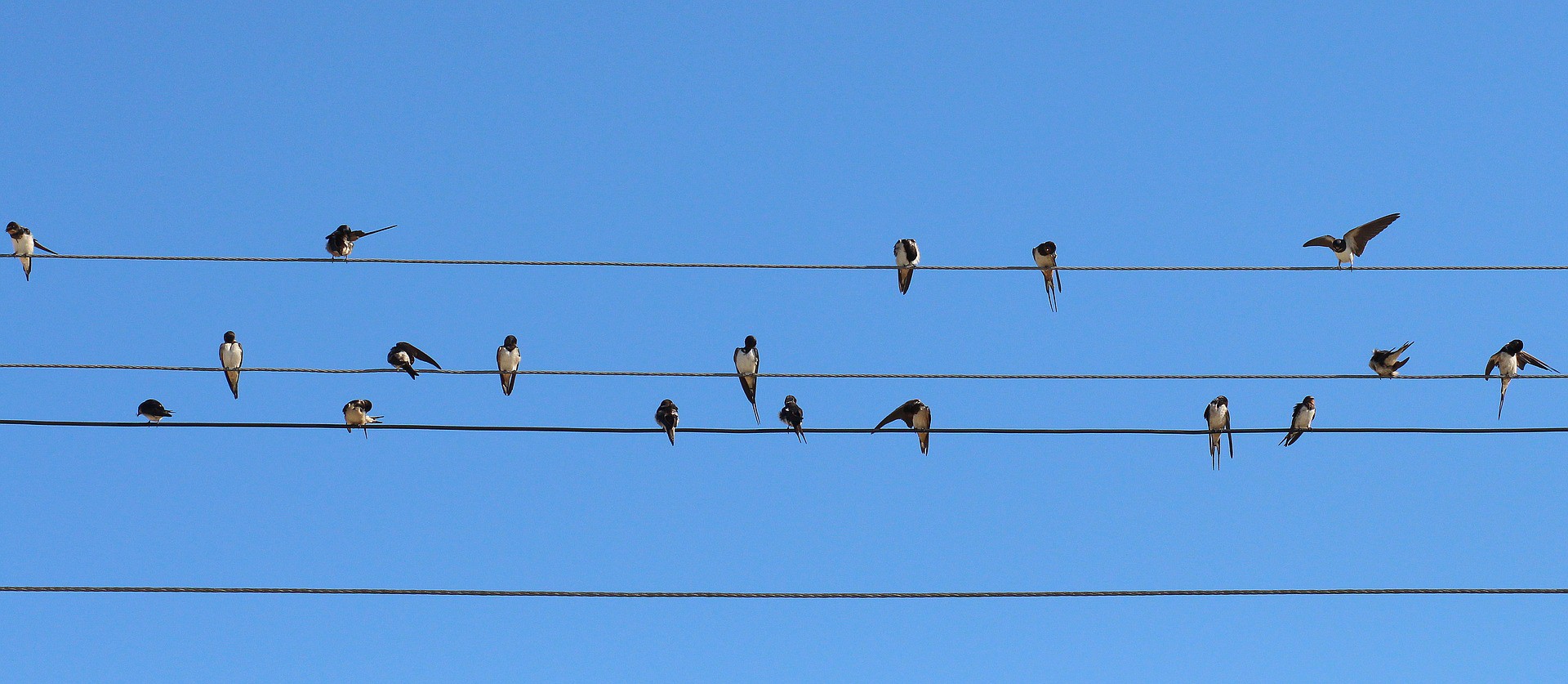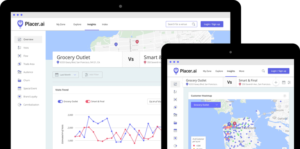Generally speaking, there are three types of bird species considered a nuisance in the United States. They include the European starling, the pigeon, and the house sparrow. Unlike other birds, these species are not protected against harvesting, control, extermination, and dispersal. These birds tend to threaten the human population by consuming and destroying foodstuffs. They also occupy nesting areas that would have been home to more favorable bird species. If you are struggling to keep any of these birds in check, then this article is for you. We will tell you some of the tactics you can use to manage common pest birds on your farm.
Scare Birds Away Using Decoys
If you are looking for a low-maintenance and user-friendly method to ward off pest birds from your farm, you could try putting up visual deterrents. Try and get predator decoys of either hawks, coyotes, falcons, or owls that are realistic-looking for this method to work. These decoys would be more effective if they had moving parts or reflective surfaces. Pest birds view these visual decoys as threats and run off to find a new place to inhabit. However, these decoys are not a long-term solution as the birds quickly get accustomed to them and will continue roosting and building nests.
Destroy Nests As Soon As They Are Built
Learn to identify the different types of nests built by pest birds. Nests built by house sparrows and starlings can be found in the crooks of branches and are in the form of loose cups of sticks and grasses. Pigeons build flimsy nests on ledges and flat branches. We advise you to destroy all pest bird nests, even those with eggs inside, as soon as you spot them on your compound. At first, it might not be easy to differentiate between the nests built by bird pests and those built by more desirable bird species. However, with enough time and practice, you will be able to tell the difference.
Hire a Professional
You might not have the knowledge and expertise to deal with pest birds independently. You might also be dealing with a large population of pest birds that will threaten to destroy your produce if you don’t act fast. By hiring a professional, you will be sure that they will deal with your pest bird problem using professional products. They will also come with special equipment that you may not have lying around on your farm. Look up professional exterminators in your area and choose one within your price range.
Try Bird Netting
If you are based in a large open area or your farm is located in a semi-enclosed space, we recommend you try bird netting to help manage pest birds. This method involves using either heavy-duty or a light net to cover your compound and keep pest birds out. Bird netting is also ideal because it doesn’t hinder much-needed sunlight from reaching your crops. You can also be able to water your greenery through the nets.
Apply Non-Toxic Repellents
Since pest birds like to roost on ledges and flat branches, you can apply a sticky, non-toxic repellent to discourage the birds from landing. Remember that these repellents collect dust, so you need to reapply regularly. Using non-toxic bird repellent has proven to be most effective in areas with lots of pigeons. Be careful not to use any toxic chemicals lest you end up poisoning any non-target birds.
Use Bird Gels
Another great way to manage pest birds on your farm is to use bird gels that come in liquid form. You can spray this gel over a wide range of surfaces such as grass, foliage, and turf. Once the birds land on a surface containing bird gel, they are instantly repelled because the gel makes any surface have an unpleasant taste. Using liquid taste aversions to repel birds is one of the most effective and budget-friendly ways to ward off pest birds from your compound.
Get Rid of Any Sources of Food and Water
One of the most effective methods is reducing or eliminating any food or water source favored by these birds. Avoid where standing water can collect, such as gutters, and redesign your landscape to prevent puddles from forming. Another great bird pest control method is to remove all bird baths from your compound and keep your trash cans closed at all times. Avoid leaving breadcrumbs scattered in your yard lest these birds interpret it as an invitation to become permanent residents on your farm.
Use Bird Traps
It might be difficult to trap pest birds, but it is worth trying. Ensure you use non-lethal bird traps such as spring-loaded net traps so that you can release any non-target birds. Avoid releasing any pest birds you catch, as they can always find their way back and cause more harm. It would be best to exterminate any bird pests you catch humanely to decrease their population on your farm.
Destroy Rooting Areas
If you make it hard for pest birds to roost, they will eventually find a new home. House sparrows prefer to roost in dense shrubs and trees while pigeons roost along branches and ledges. Eliminate roosting or nesting areas by adding bird spikes to the ledges and heavily pruning any shrubs and plants in your compound. It would also be best to trim tree branches that touch your house or hang over the roof.
Use Ultrasonic Bird Control Devices
Ultrasonic bird devices play both high and low frequencies that you cannot detect with the human ear but irritate birds. If you keep playing these frequencies, the pest birds will find the area uninhabitable and run off to find a more conducive home. Ultrasonic bird control devices are best in areas with high-volume human traffic.
Wrapping Up
You can try some solutions to eliminate any troublesome birds that threaten to destroy your crops. Keep in mind that not all birds are considered pests. It all depends on the laws in the place you live in. It is always smart to seek help from a pest control expert near you to help assess and handle the issue.










